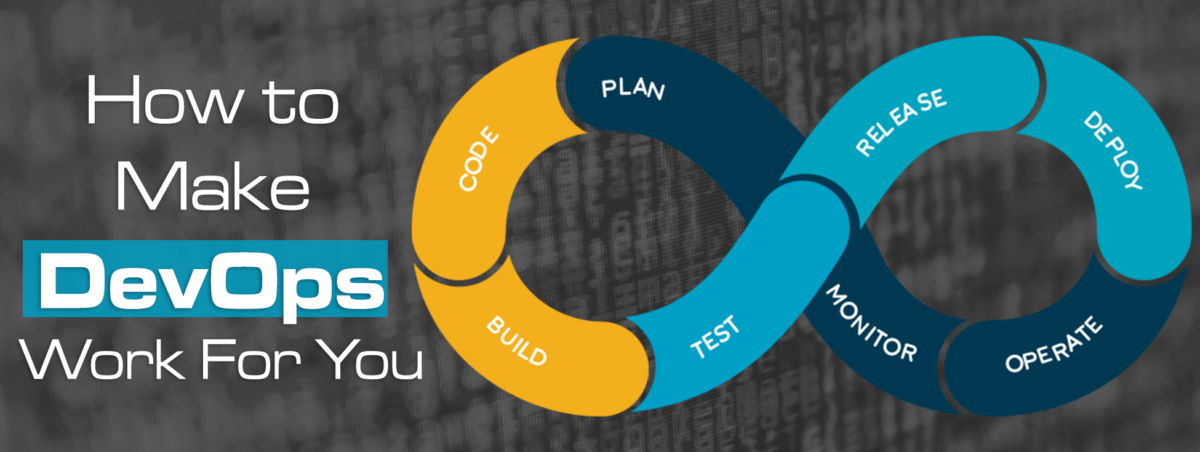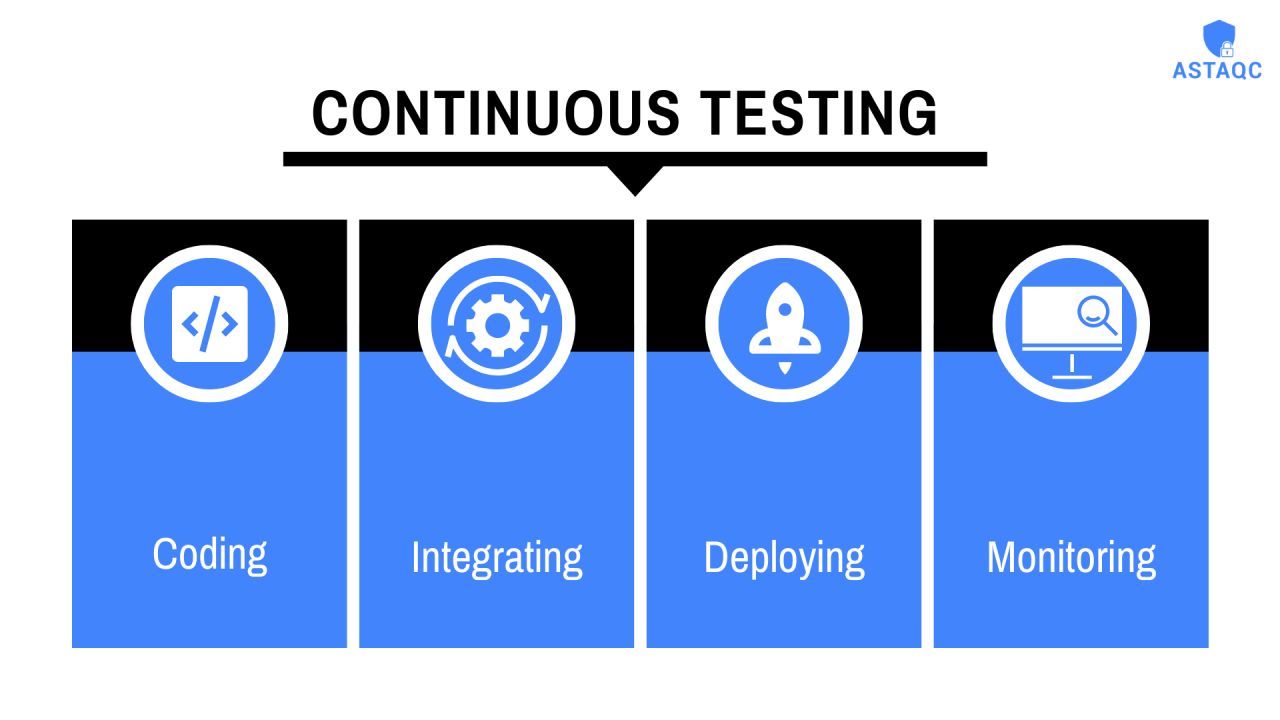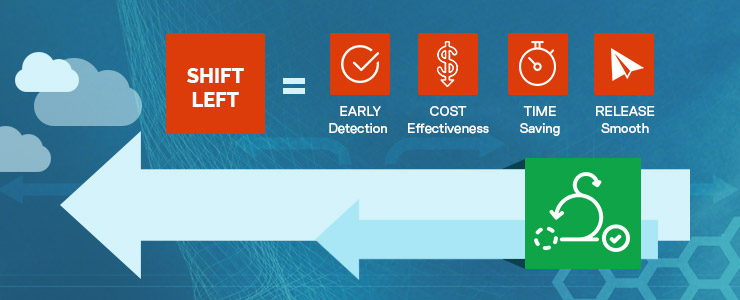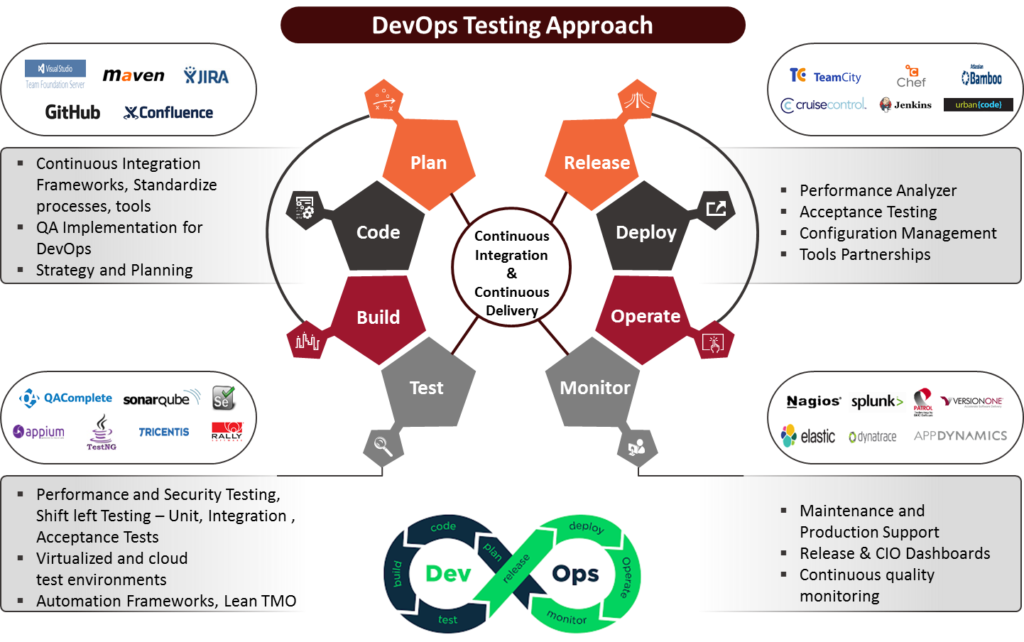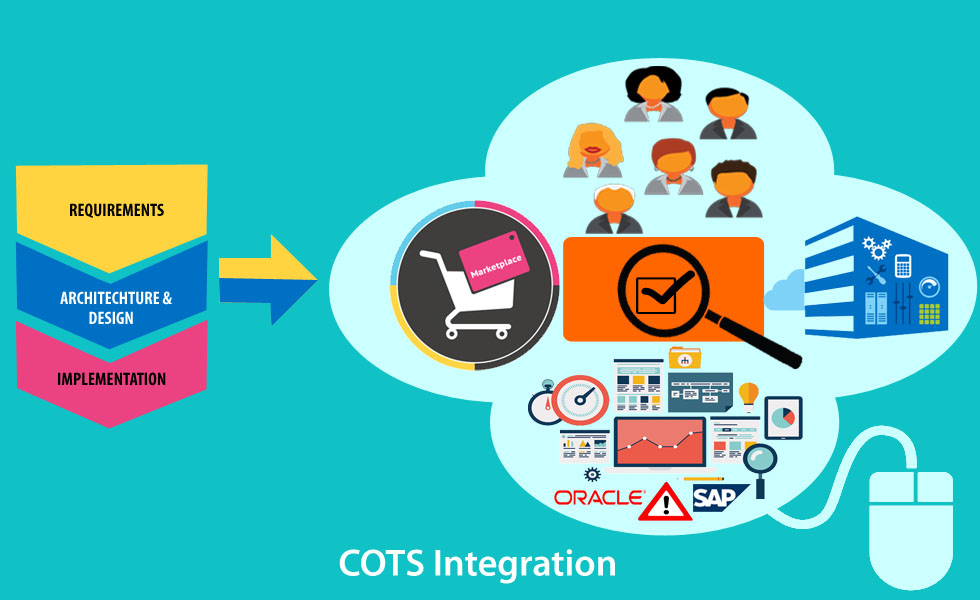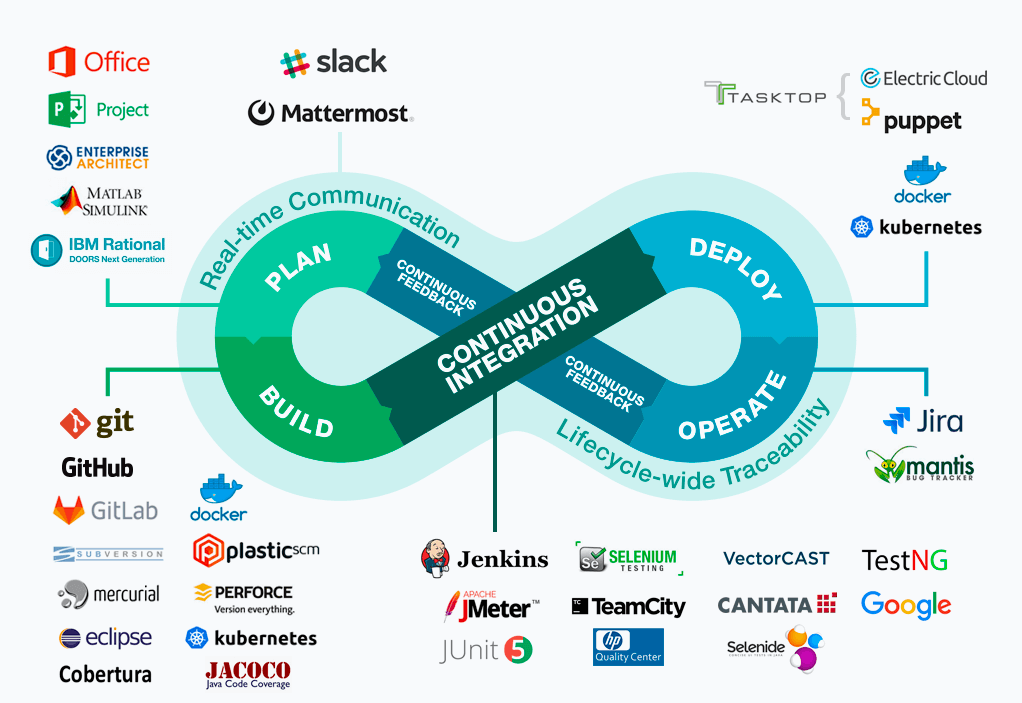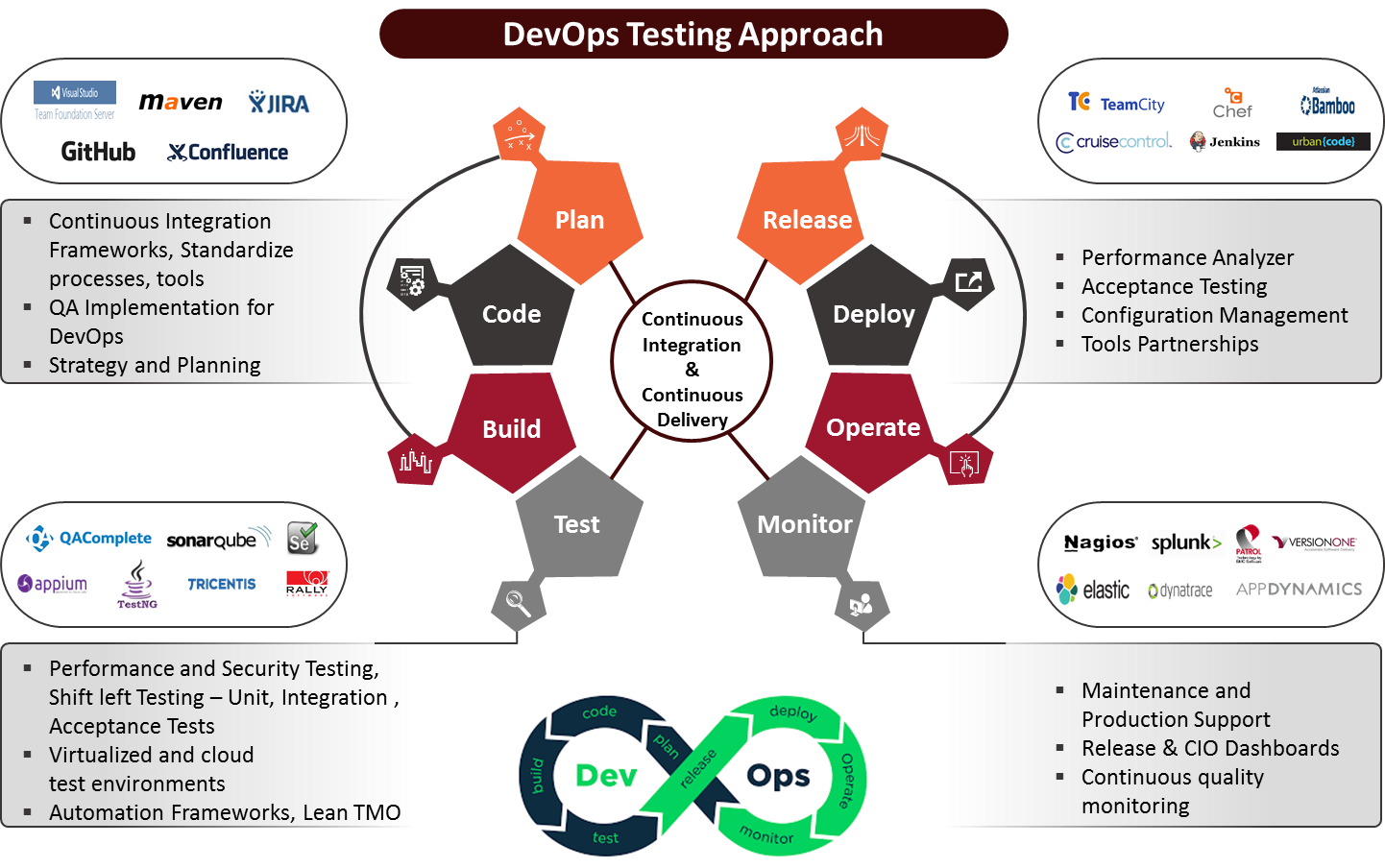With the advent of technology and changing work scenario, more and more organizations are running multiple programs and projects in parallel. In most cases, such programs and projects aren’t completely isolated. Rather, they are dependent on other programs and projects within the organization. What’s more, they get affected by changes to the schedule, type, budget, risk and/or scope of those programs and projects. Thus, it has become important, more than ever, to be able to understand these dependencies and evaluate the impact of such changes. With the dependency matrix in place, testers can analyze these “what if” scenarios better, thus giving them a precise visualization of the dependency of programs and/or projects on others and testing how changes in one project or program will affect the others.
Changes – A Vital Element of Software Development
By its nature, software tends to change throughout its life cycle. Thus, it’s no wonder that unless a close eye is kept on how it reacts to changes or if its relation with other projects and programs has changed due to some changes in those, it won’t function properly and may even deteriorate, quality-wise. After all, the quality of software dependencies has a huge impact on software re-usability, understand-ability, test-ability and maintainability. That’s why software faults are often triggered by violated dependencies that aren’t recognized by the developers, or found and fixed by the testers. Since the impact of syntactic, work and logical dependencies on the failure proneness of a software system/program is significant, testers have to resort to dependency matrix.
Software Dependencies
Logical Dependencies: These are related to source-code files that are modified jointly as part of a modification request (MR). It’s important to note here that in case an MR needs only one file to be changed, no dependency would arise. Testers evaluate such dependencies between the source code files by identifying source code files that got changed mutually as part of software development. While testing logical dependencies, those that aren’t covered or visible in syntactic dependencies are identified. Clustering/Number of logical dependencies come under the purview of testers in these cases.
Syntactic Dependencies: These could be inflow/outflow of functional or data dependencies. Such dependencies are evaluated between source code files by spotting function, data and method references crossing every source code file’s periphery. Such testing emphasizes on checking the relationship between dataflow and control.
Work Dependencies: These are usually related to coordination requirements or workflow. Such dependencies are triggered by organizational and human factors, on which the software systems’ failure proneness depends. Usually, improper/lack of proper coordination and communication between developers, testers, QAs and IT infra give rise to problems related to work dependencies, which is why testers need to find them out and fix them.
Data Dependency:
From unauthorized data access and data manipulation to database error, stealing of confidential data by bypassing access controls etc, security testing has to check a lot of parameters related to data. No wonder that security tests have to check data related dependencies where a specific data structure gets modified by a function and is subsequently employed in another function.
Functional Dependency:This refers to how elements behave in relation to others, especially when a change in one (such as the resolution of a defect that a developer had earlier encountered, or the development of a new functionality) affects the functionality of the others coupled to it.
Advantages of Dependency Matrix
- Helps in decision making: In test execution cases, it helps us decide whether to proceed or not.
- Helps formulate regression test requirements: When any functional requirement undergoes a modification, this matrix helps in identifying the affected modules, thus letting one arrive at the regression test requirement.
- Quick and precise estimation: With dependency matrix, you can evaluate estimates quickly and precisely.
- Easy detection of data related failures: Dependency matrix helps in identification of data related failures easily.
Since dependency matrix is information-flow oriented (not time and schedule flow oriented), it helps in analyzing and improving the design and development processes, along with spotting and fixing of project/program roadblocks and bugs. This in turn helps boost quality of the end product, cut costs and decrease the time to market a quality product.
How can TechArcis assist?
TechArcis has expertise in enabling independent testing services, and is far ahead of the curve in following the process of Continuous testing Integration.
We’re focused on delivering high value added engagements with measurable returns on your investment. Learn how we can help you improve your testing performance and ROI.Talk to us today to discuss about your testing needs.
Pleple used to call it mey other names too, I just want to name them here so they find this article whichis going to help them also to understand it deeply, they are testng maven dependency, junit maven dependency, testng dependency, junit dependency, maven test jar, cucumber junit dependency,
maven test dependency, testng maven repository, junit gradle dependency,
junit 4 maven dependency, junit dependency for maven, testng dependency maven, spring boot test dependency, spring test dependency, cucumber jvm dependency, junit dependency pom, gradle test dependencies, junit test dependency, dependsonmethods testng, maven dependency testng, test dependencies, testng maven dependency pom, dependency junit,
selenium testng dependency, spring boot junit dependency, jmeter maven dependency, test dependency, selenium testng maven dependency,
mock ilogger c#, dependency test in testng, android test dependencies,
cucumber selenium dependency, testcompile junit, cucumber selenium maven dependency, dependencies in test plan, junit test maven dependency, testng selenium dependency, unit test with database dependency, test case dependency, cucumber with java dependency,
test case dependency in testng,






